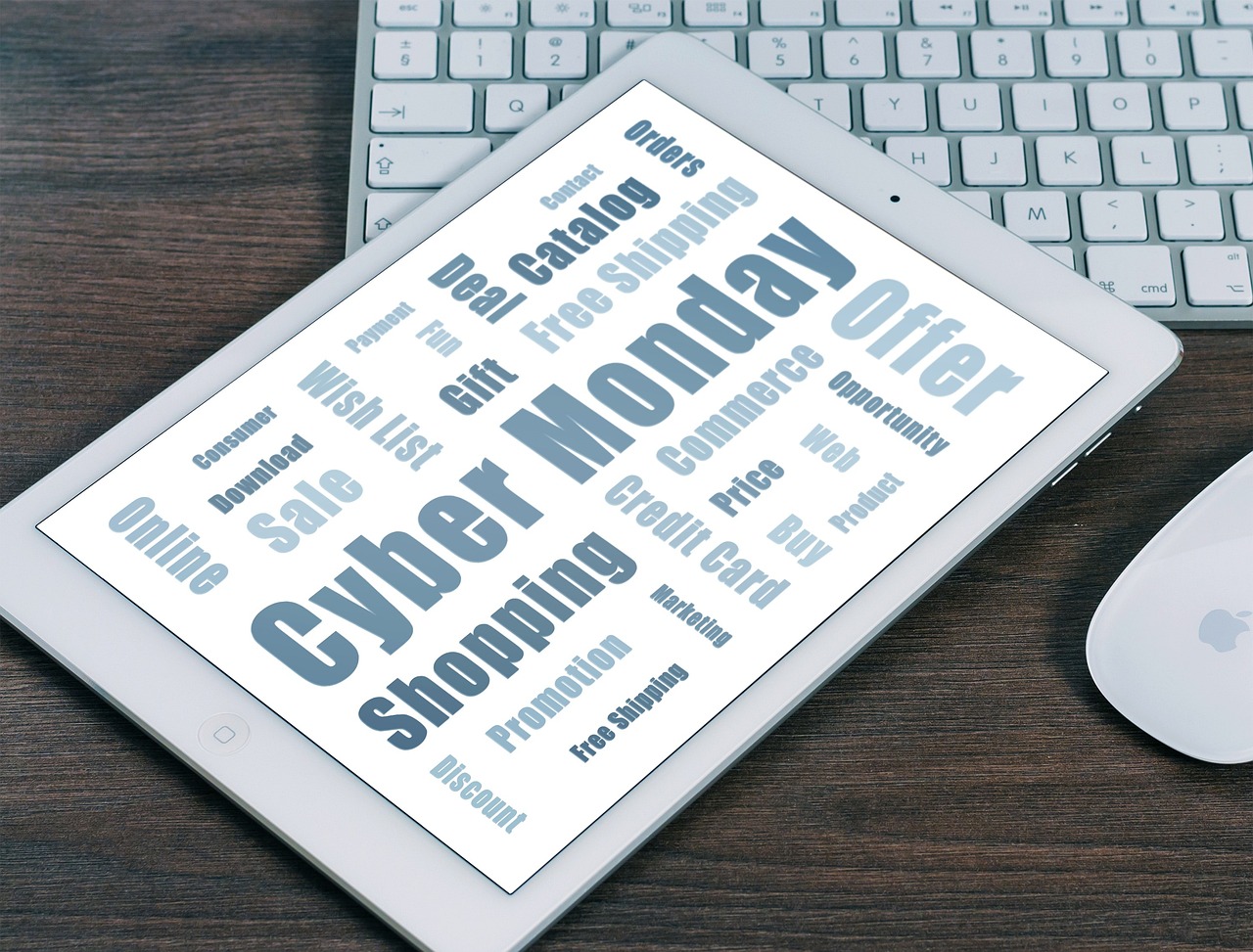Dropshipping has emerged as a powerful e-commerce model, allowing entrepreneurs to start an online business without the burden of managing inventory. It’s an attractive option for those seeking flexibility, low startup costs, and the opportunity to test various markets. However, succeeding in dropshipping requires a strategic approach, diligent research, and a commitment to providing excellent customer service. This guide explores the intricacies of dropshipping, offering insights into its benefits, challenges, and best practices for building a profitable online store.
What is Dropshipping?
Understanding the Dropshipping Model
Dropshipping is a retail fulfillment method where you, as a store owner, don’t keep the products you sell in stock. Instead, when a customer buys a product from your online store, you purchase the item from a third-party supplier (usually a wholesaler or manufacturer), who then ships it directly to the customer. This means you never have to handle the product physically.
- Key Components:
You (the Retailer): You are responsible for creating the online store, marketing the products, and providing customer service.
The Customer: The individual who purchases the product from your online store.
* The Supplier: The third-party who holds the inventory and ships the product directly to the customer on your behalf.
Example: Imagine you’re selling phone cases online. A customer places an order for a specific case through your website. Instead of pulling the case from your own inventory, you forward the order to your dropshipping supplier. The supplier then packages and ships the case directly to your customer, using your branding on the packaging if that’s a service they offer. You profit from the difference between the price you charged the customer and the price you paid the supplier.
Benefits of Dropshipping
- Low Startup Costs: This is perhaps the most significant advantage. You don’t need to invest heavily in inventory, reducing the initial financial risk.
- Flexibility and Scalability: You can run your business from anywhere with an internet connection. Scaling your business is also easier as you don’t need to worry about warehousing and fulfillment logistics.
- Wide Product Selection: You can offer a vast range of products without having to purchase and store them. This allows you to test different niches and see what sells best.
- Reduced Risk: Since you only pay for products when a customer buys them, you avoid the risk of being stuck with unsold inventory.
Who is Dropshipping For?
Dropshipping is a great option for:
- Entrepreneurs with limited capital
- Individuals looking for a flexible business model
- Those who want to test different product niches
- E-commerce businesses looking to expand their product offerings without investing in inventory
Finding the Right Niche and Products
Niche Selection: Finding Your Competitive Edge
Choosing the right niche is crucial for dropshipping success. A niche market focuses on a specific group of people or product category, allowing you to target your marketing efforts effectively.
- Passion and Interest: Choose a niche you’re genuinely interested in. This will make the research and marketing process more enjoyable and sustainable.
- Market Research: Use tools like Google Trends, Semrush, and social media trends to identify trending products and niches with high demand and low competition.
- Profit Margin: Consider the potential profit margins. Look for products with a good markup potential after accounting for supplier costs, shipping, and marketing expenses.
- Competitor Analysis: Analyze your competitors. Identify their strengths and weaknesses. Look for opportunities to differentiate yourself, perhaps by offering better customer service, unique products, or a strong brand identity.
Example: Instead of selling “electronics,” you might niche down to “gaming accessories” or “smart home devices.” This allows you to target your marketing to specific audiences and establish yourself as an expert in that area.
Product Research: Identifying Winning Products
Once you’ve chosen a niche, you need to identify specific products that are likely to sell well.
- Problem Solving Products: Look for products that solve a specific problem or fulfill a need.
- Unique and Hard-to-Find Items: Products that aren’t readily available in local stores often perform well.
- Trending Products: Keep an eye on emerging trends and capitalize on them quickly. Be aware that trending products can be fleeting, so have a strategy for when the trend fades.
- Supplier Reliability: Ensure your supplier offers high-quality products and reliable shipping. Order samples to test the product quality and shipping times yourself.
Tools and Techniques:
- Product Research Tools: Use tools like Sell The Trend, Niche Scraper, and AliShark to find trending and profitable products.
- Social Media Monitoring: Monitor social media platforms like TikTok, Instagram, and Pinterest to identify trending products and consumer preferences.
- E-commerce Marketplaces: Analyze top-selling products on platforms like Amazon, eBay, and Etsy to gain insights into customer demand.
Finding Reliable Dropshipping Suppliers
The Importance of a Good Supplier
Your dropshipping supplier is a critical partner in your business. Their quality of products and service directly impacts your customer satisfaction and brand reputation.
- Reliable Inventory: Choose a supplier with a consistent and reliable inventory.
- Fast Shipping Times: Look for suppliers who can offer fast and efficient shipping. Longer shipping times can lead to customer dissatisfaction and negative reviews.
- Quality Products: Ensure your supplier offers high-quality products that meet customer expectations.
- Good Communication: Select a supplier who is responsive to your inquiries and provides excellent communication.
- Returns and Refunds: Understand their return and refund policies. A flexible return policy can help you build trust with your customers.
Types of Dropshipping Suppliers
- Manufacturers: Buying directly from manufacturers often yields the lowest prices, but they may require large minimum order quantities (MOQs).
- Wholesalers: Wholesalers typically offer a wider range of products from different manufacturers and lower MOQs than manufacturers.
- Dropshipping Directories: Directories like SaleHoo and Worldwide Brands curate lists of reputable dropshipping suppliers. These directories often charge a subscription fee.
- Online Marketplaces: Platforms like AliExpress and Oberlo connect you with dropshipping suppliers. However, it’s essential to carefully vet suppliers on these platforms to ensure quality and reliability.
Due Diligence:
- Order Samples: Always order samples of the products you plan to sell to assess their quality.
- Read Reviews: Check online reviews and testimonials about the supplier.
- Contact the Supplier: Reach out to the supplier with questions about their products, shipping, and return policies.
- Start Small: Begin with a small order to test the supplier’s reliability before committing to larger volumes.
Setting Up Your Online Store
Choosing the Right E-commerce Platform
Selecting the right e-commerce platform is crucial for creating a user-friendly and effective online store.
- Shopify: A popular platform known for its ease of use, extensive app store, and dropshipping integration capabilities. Shopify offers a variety of themes and customization options.
- WooCommerce: A WordPress plugin that offers a flexible and customizable e-commerce solution. WooCommerce is a good option for those already familiar with WordPress.
- BigCommerce: A robust platform with advanced features, including built-in SEO tools and marketing automation. BigCommerce is suitable for larger businesses with more complex needs.
- Wix: A user-friendly platform with drag-and-drop functionality. Wix is a good option for beginners looking for a simple and intuitive website builder.
Store Design and Optimization
- Professional Design: Invest in a professional-looking website design. Use high-quality product images and create a visually appealing layout.
- User-Friendly Navigation: Ensure your website is easy to navigate. Use clear and concise menus and category structures.
- Mobile Optimization: Optimize your website for mobile devices. A significant portion of online shopping occurs on mobile devices, so it’s crucial to provide a seamless mobile experience.
- Product Descriptions: Write detailed and compelling product descriptions. Highlight the benefits of the product and use relevant keywords to improve search engine visibility.
- Secure Checkout Process: Ensure your checkout process is secure and easy to use. Offer multiple payment options to cater to different customer preferences.
- SEO Optimization: Optimize your website for search engines. Use relevant keywords in your product descriptions, page titles, and meta descriptions.
Example: Use a clean and modern theme that reflects your brand identity. Display high-resolution product images that showcase the product’s features and benefits. Offer a secure checkout process with options like PayPal and credit card payments.
Marketing and Customer Service
Driving Traffic to Your Store
Once your store is set up, you need to drive traffic to it. There are various marketing strategies you can use.
- Search Engine Optimization (SEO): Optimize your website for search engines to improve organic visibility. Use relevant keywords, create high-quality content, and build backlinks.
- Social Media Marketing: Promote your products on social media platforms like Facebook, Instagram, and Pinterest. Run targeted ad campaigns to reach your ideal customers.
- Paid Advertising: Use platforms like Google Ads and Bing Ads to run paid advertising campaigns. Target your ads based on demographics, interests, and keywords.
- Email Marketing: Build an email list and send regular newsletters and promotional emails to your subscribers.
- Content Marketing: Create valuable and informative content related to your niche. This could include blog posts, articles, videos, and infographics.
- Influencer Marketing: Partner with influencers in your niche to promote your products to their followers.
Practical Tip: Start with a small budget for paid advertising and gradually increase it as you see positive results. Track your marketing performance to identify which strategies are most effective.
Providing Excellent Customer Service
Exceptional customer service is essential for building a loyal customer base and generating positive word-of-mouth referrals.
- Prompt Responses: Respond to customer inquiries promptly, ideally within 24 hours.
- Personalized Service: Provide personalized service and address each customer’s specific needs and concerns.
- Clear Communication: Communicate clearly and transparently with customers about order status, shipping times, and return policies.
- Problem Resolution: Resolve customer issues quickly and efficiently. Offer solutions that satisfy the customer, such as refunds, replacements, or discounts.
- Proactive Communication: Keep customers informed about any delays or issues with their orders.
Example: Respond to customer emails with personalized greetings and answers to their specific questions. Offer a hassle-free return policy and promptly process refunds or replacements.
Conclusion
Dropshipping presents a compelling opportunity to launch an e-commerce business with minimal upfront investment. However, success hinges on careful planning, diligent research, and a customer-centric approach. By choosing the right niche, finding reliable suppliers, creating a user-friendly online store, and providing exceptional customer service, you can increase your chances of building a profitable and sustainable dropshipping business. Remember that dropshipping is not a get-rich-quick scheme, it requires dedication, hard work, and continuous learning to achieve long-term success. Stay adaptable, monitor trends, and always prioritize customer satisfaction to thrive in the competitive e-commerce landscape.






